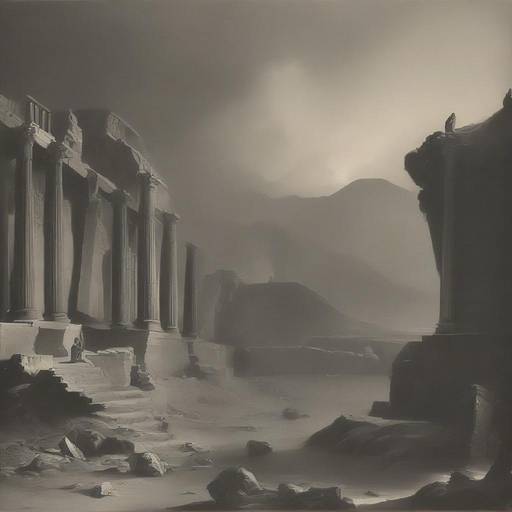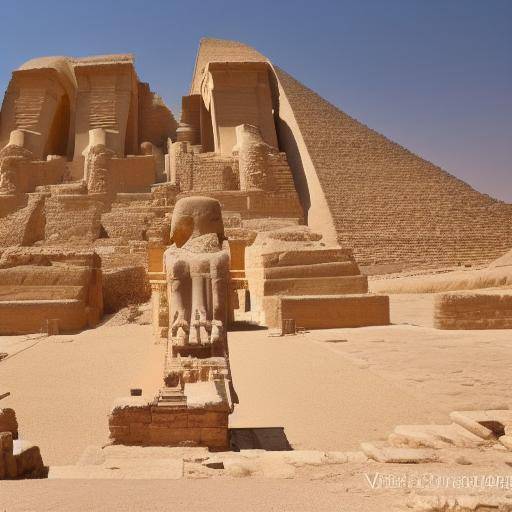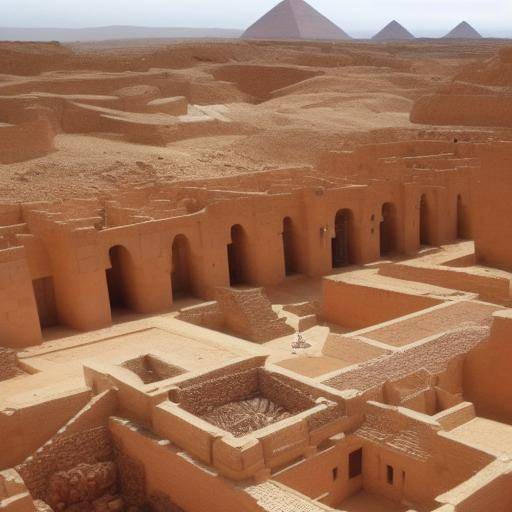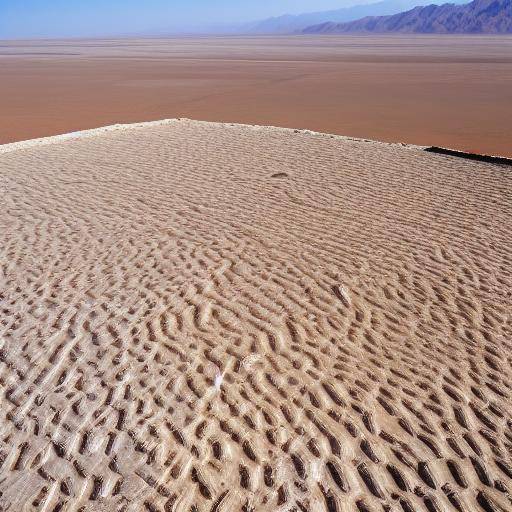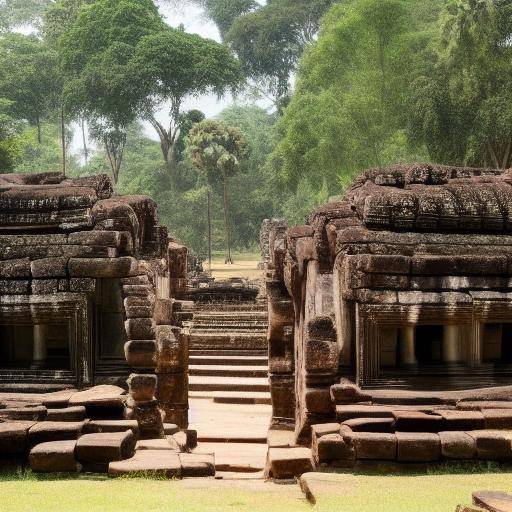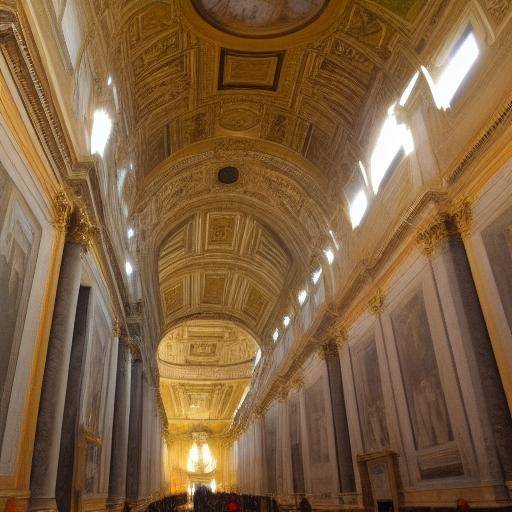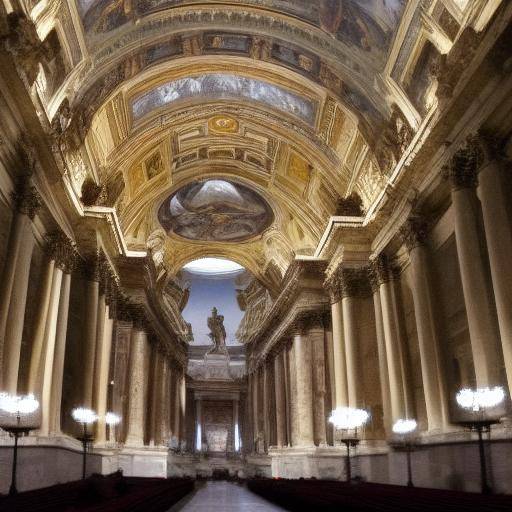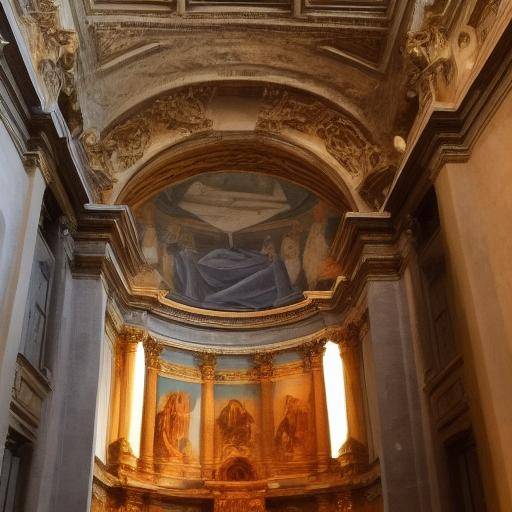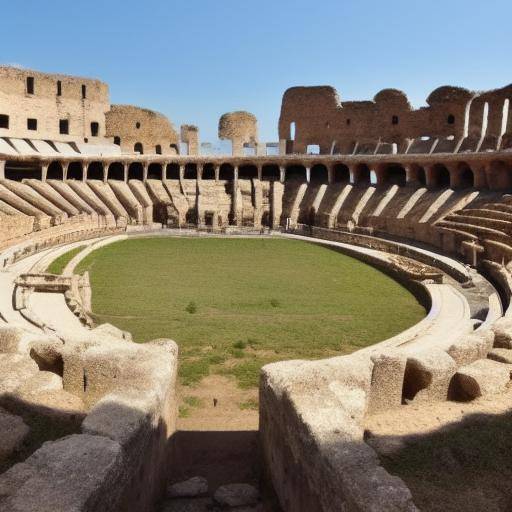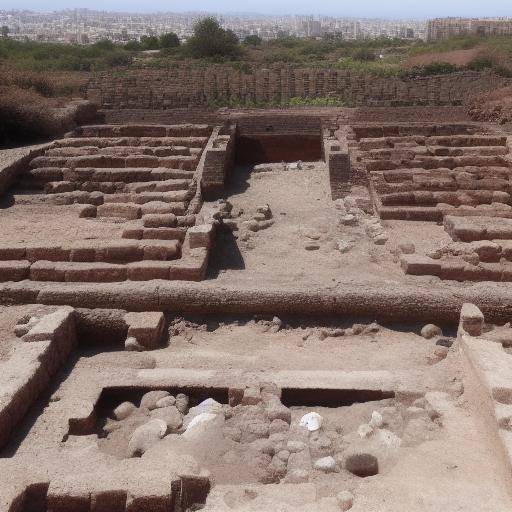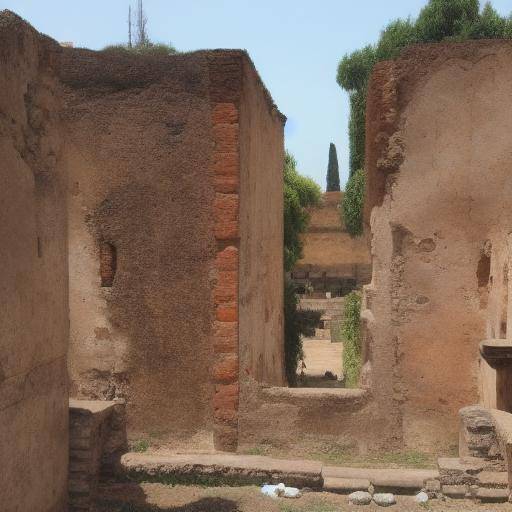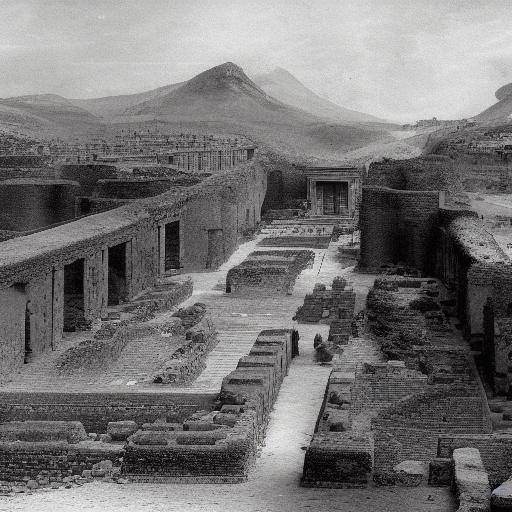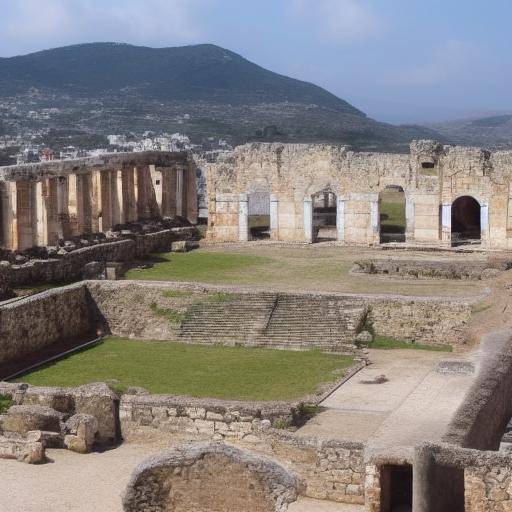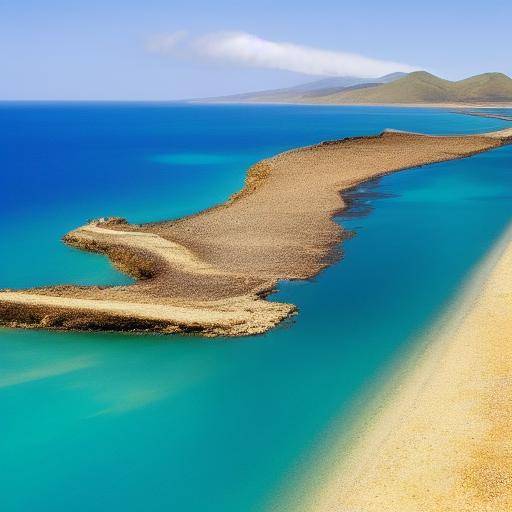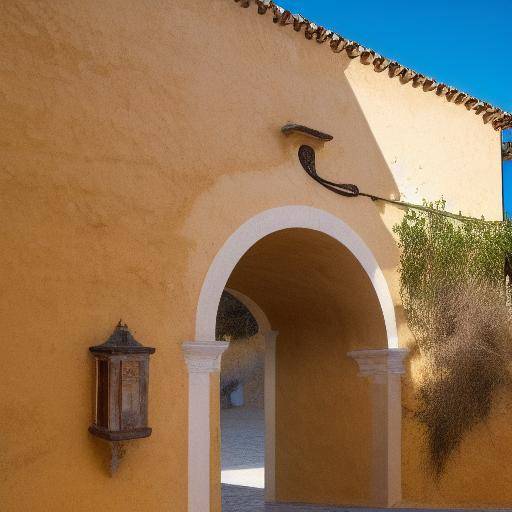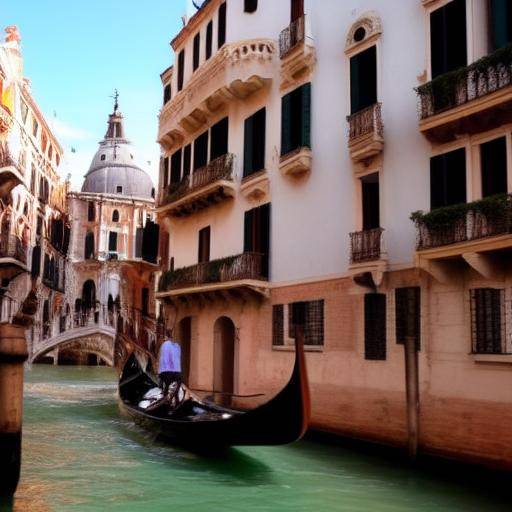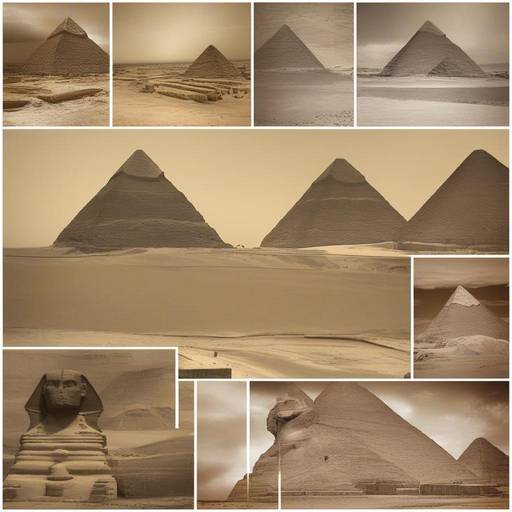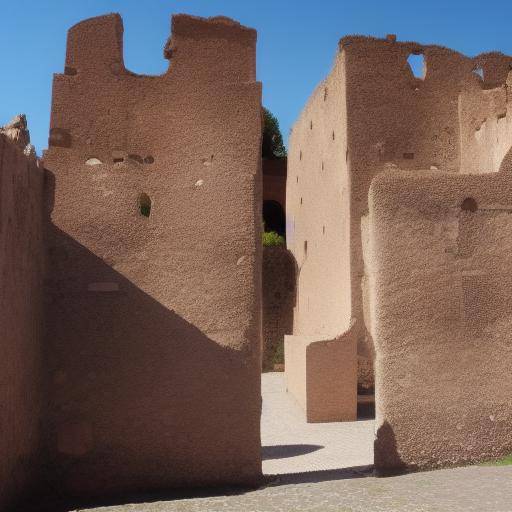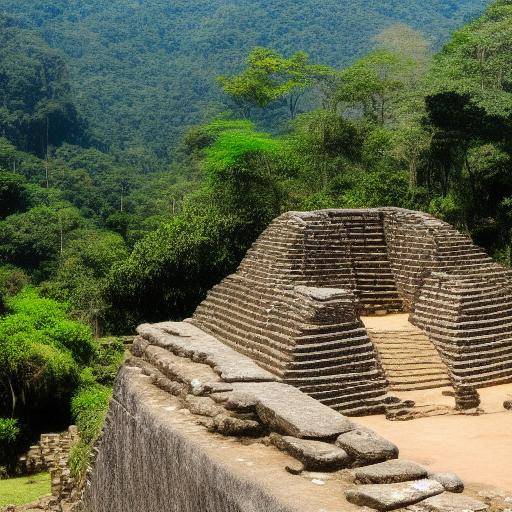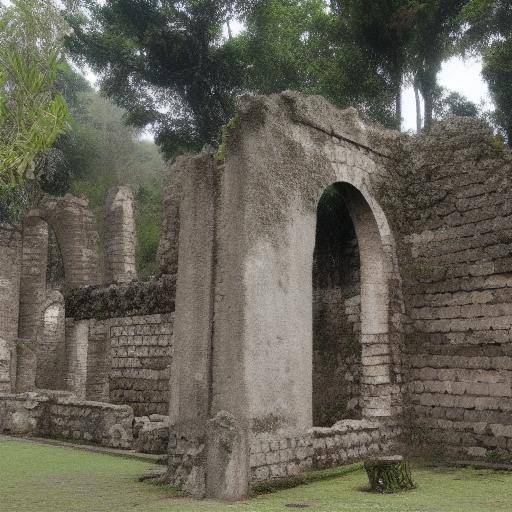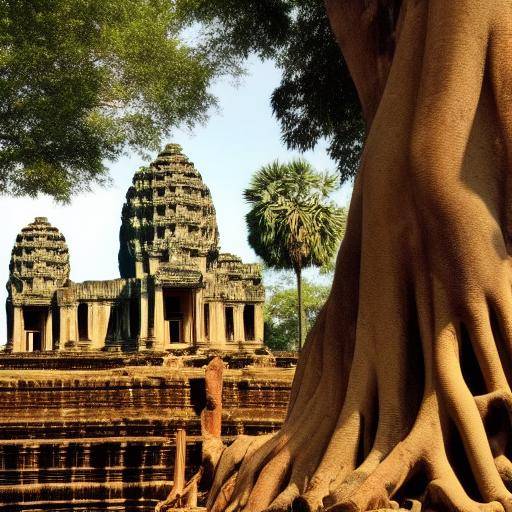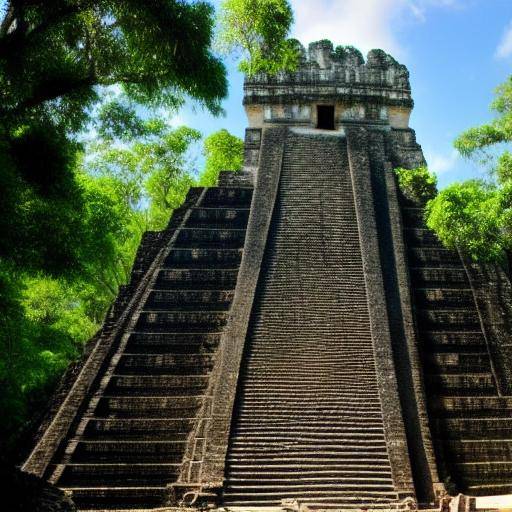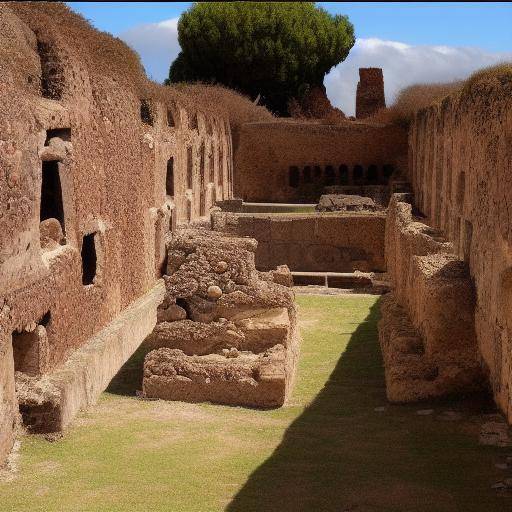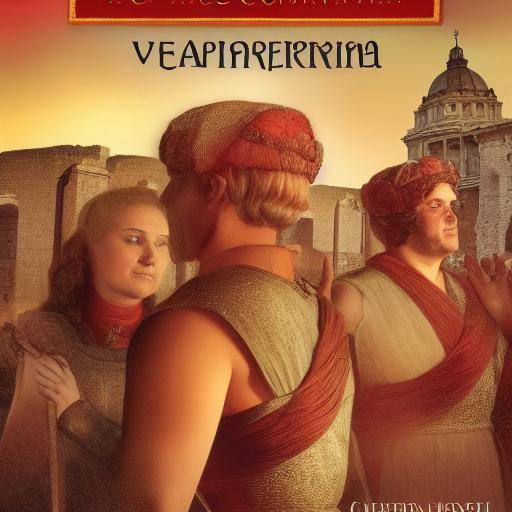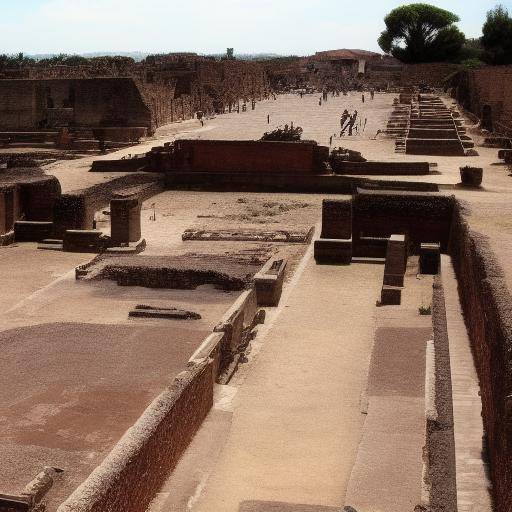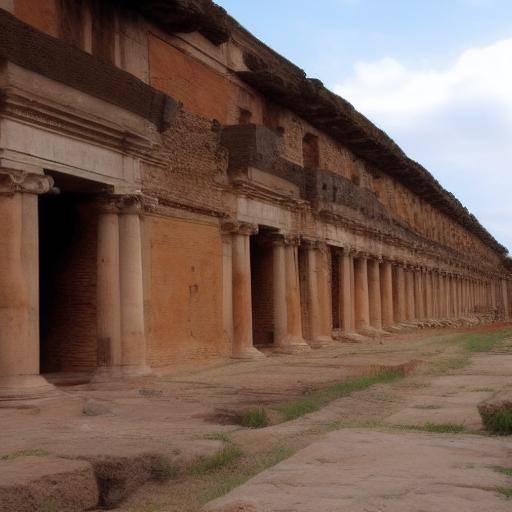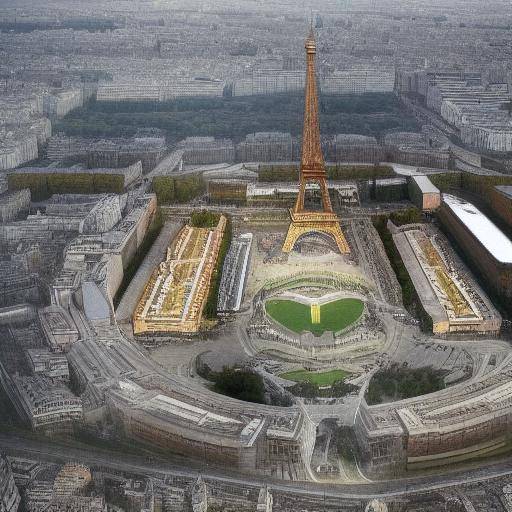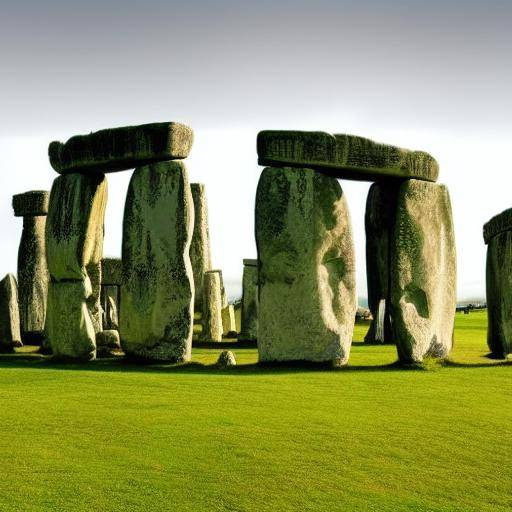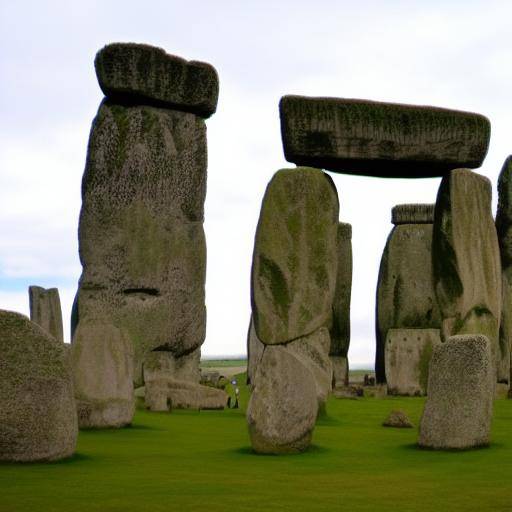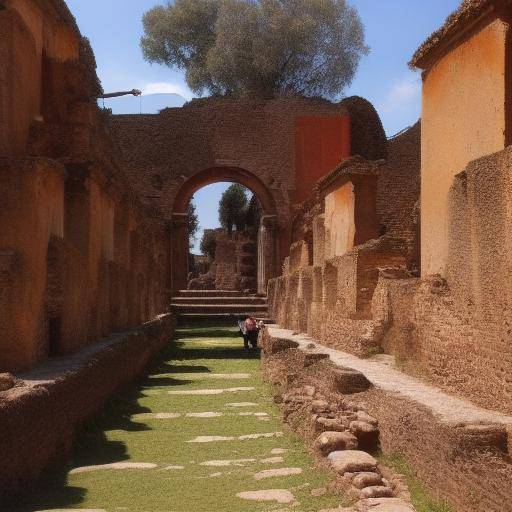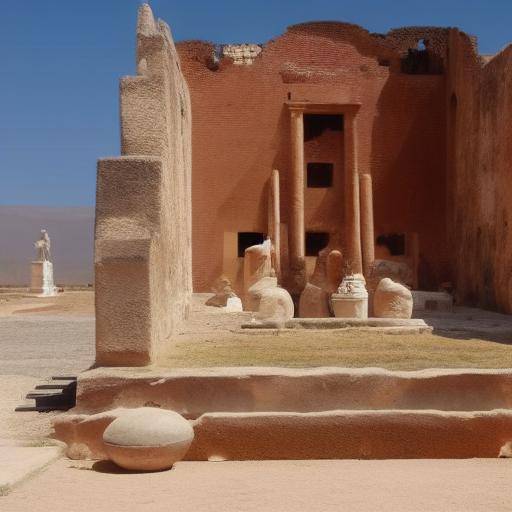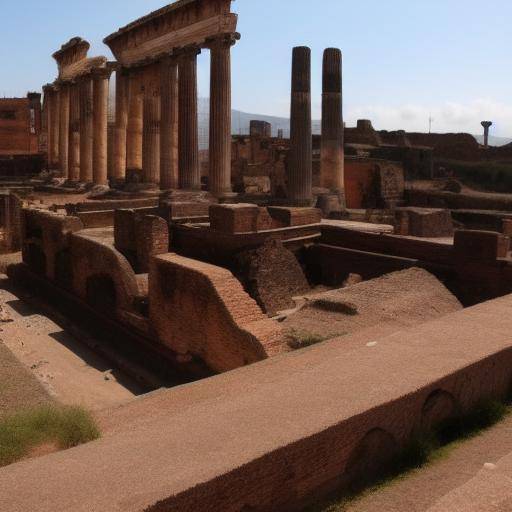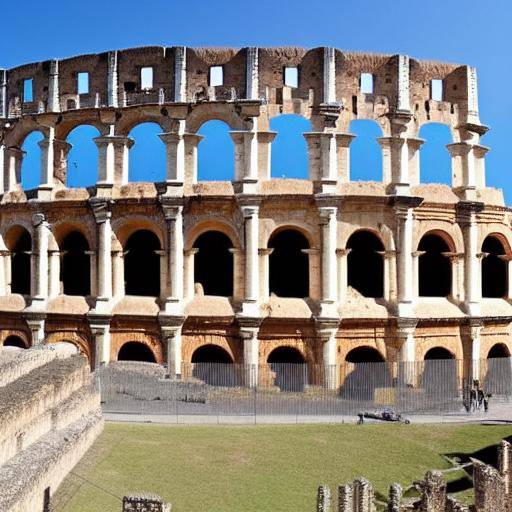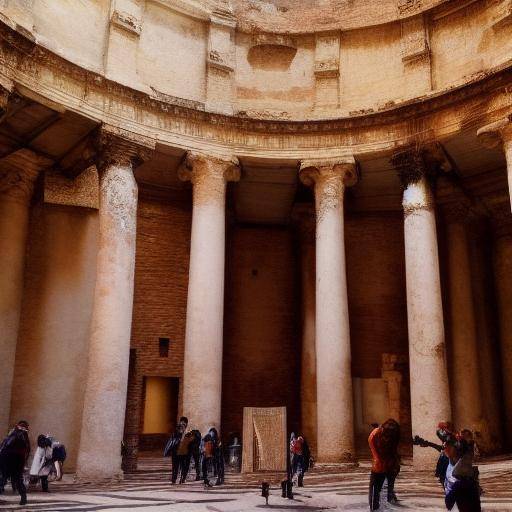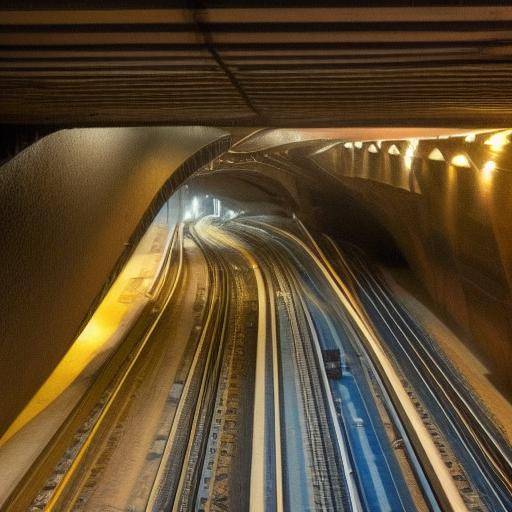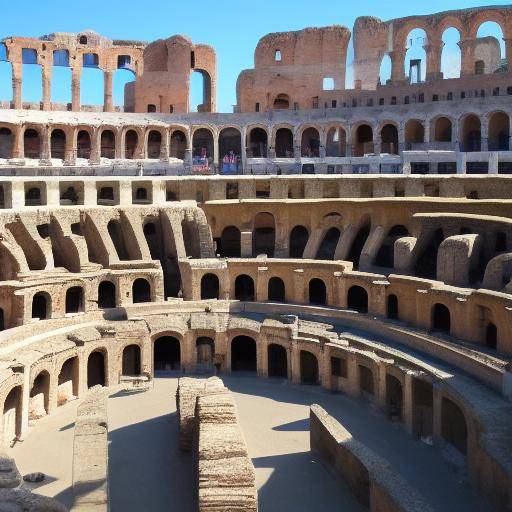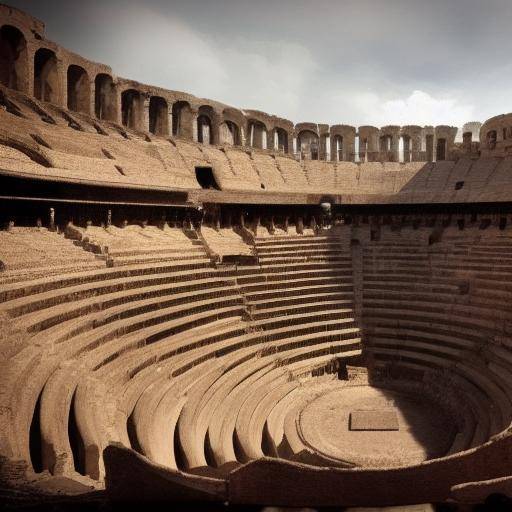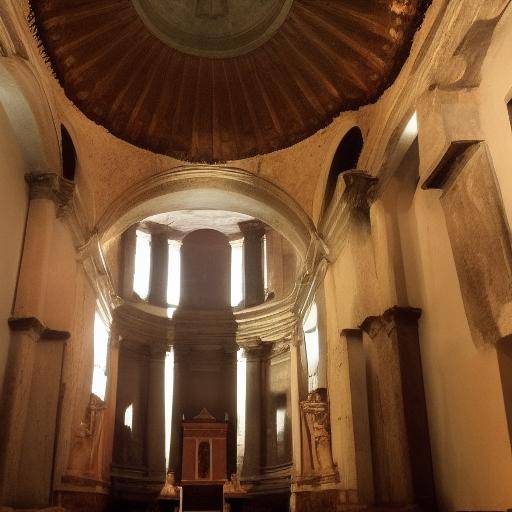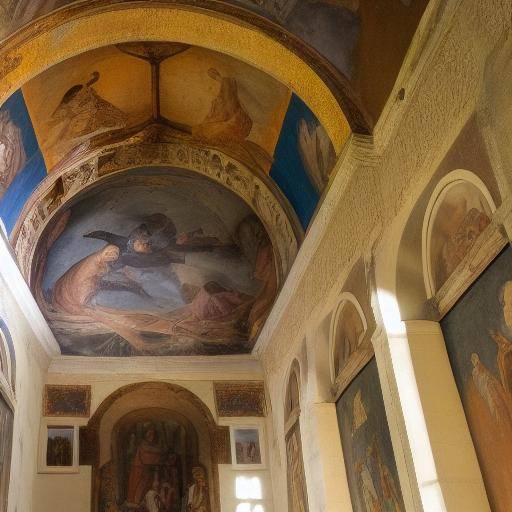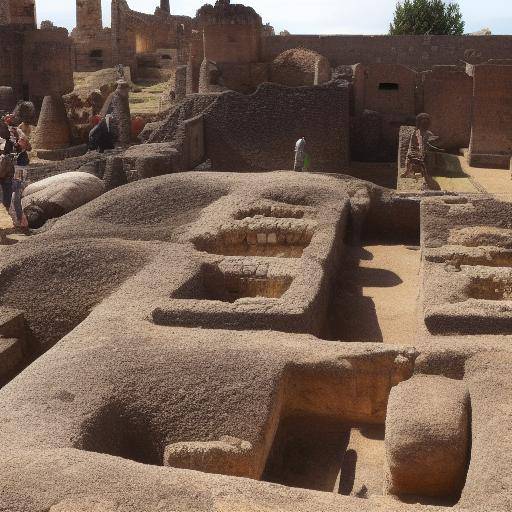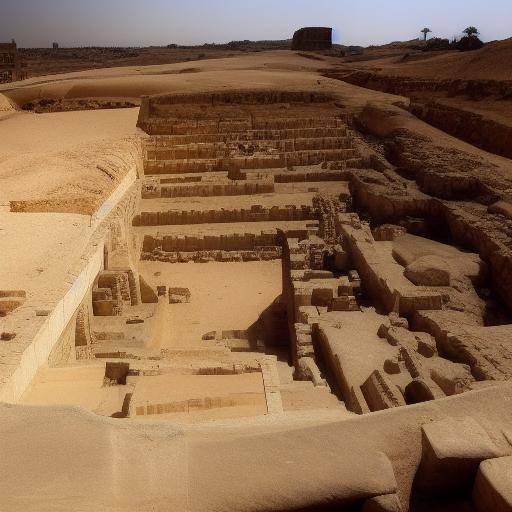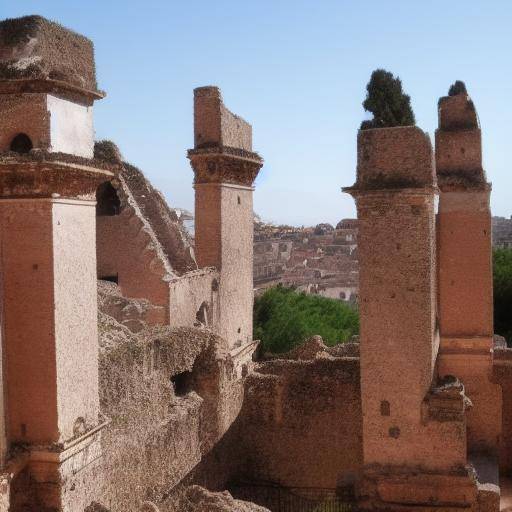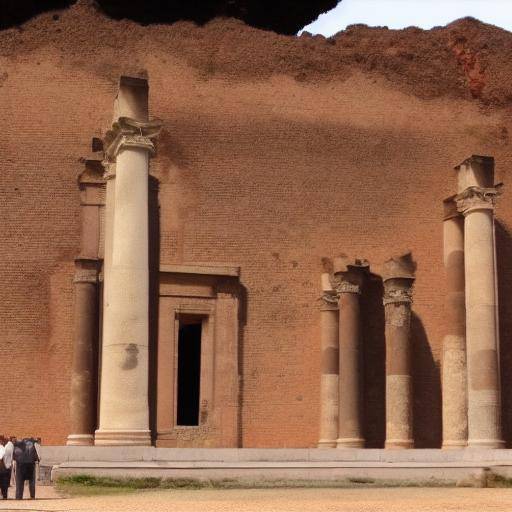
In the heart of Italy lies one of the most fascinating archaeological treasures in the world: Pompeii. This Roman city, buried by the eruption of Mount Vesuvius in 79 AD, has been preserved in time, providing a unique vision of everyday life in ancient Rome. Join us on a journey through Pompeii's history, culture and archaeology, unearthing its secrets and discovering its lasting legacy.
Introduction: A View to the Past
Pompei emerges as a frozen will in time, a place that awakens the imagination and reveals vivid details of life in ancient Rome. In this fascinating journey, we will unravel the highlights of this mythical city, from its dramatic end to its extraordinary vestiges, exploring its profound cultural and archaeological significance.
History and Background of Pompeii
Pompeii's story is woven with the threads of history and tragedy. Founded in the 7th century B.C. by the Osco-Samnites, the city prospered under Greek influence before falling under Roman rule in the 3rd century B.C. Pompeii was a city rich in commerce and culture, with imposing villas, theaters and temples, reflecting the splendor of the Roman imperial era.
With the eruption of Vesuvius in the year 79 AD, Pompeii was plunged into ashes and lava, keeping for posterity a unique testimony of everyday life in the ancient world. The archaeological remains of Pompeii offer an unparalleled window to the past, revealing not only the architectural and artistic magnificence, but also the everyday details of its inhabitants, from their houses to their utensils.
Analysis in Deep: Discovering the Secrets of Pompeii
Archaeology is the art of unearthing the past, and in the case of Pompeii, it has given us incomparable treasures. Archaeologists have unraveled stunning mosaics, magnificent sculptures and amazing frescoes that evoke the lost grandeur of the old city. In addition, excavations reveal intimate details of Roman life, from daily routines to religious ceremonies.
Full Review: The Importance of Pompeii in Archaeology
Pompei not only revolutionizes our understanding of life in ancient times, but also awakes the interest of archaeologists, historians and history enthusiasts around the world. Its exceptional preservation has allowed the experts to rebuild Roman society in great detail, examining its politics, economy and social structure from a tangible and vivid perspective.
Comparative Analysis: A View to Italy and its Archaeological Heritage
Italy is a magnet for lovers of history and archaeology, being a crucible of treasures ranging from the Roman Empire to the Magna Greece. Pompeii, as a world heritage, stands as a lasting emblem of Italy, a lighthouse that illuminates the exploits and tragedies of antiquity. His legacy is intertwined with the splendor of Rome, the greatness of Florence and the mystery of the Magna Greece, forming a unique and multicoloured tapestry that exalts the country's cultural wealth.
Practical Tips and Accessible Recommendations: An Unforgettable Trip to Pompeii
If you are planning to visit Pompeii, make sure you book enough time to explore the various attractions it offers. From the amphitheater to the aristocratic villas, every corner of the city houses secrets that hope to be unveiled. We strongly recommend hiring a tour guide that can offer an expert vision, enriching your experience with expertise and intriguing anecdotes.
Conclusion
In short, Pompeii is much more than a mere archaeological site; it is a portal to the lost world of ancient Rome, a moving testament to the fleetingness of human life and its ability to live through the centuries. The city offered a canvas where archaeologists have dug up prodigious layers of history, giving the world a profound and enriching vision of life in Roman society.
After this virtual trip to Pompeii, we are sure that you feel a greater fascination with this historic legacy, and perhaps you are encouraged to embark on your own journey to its majestic ruins. There is no doubt that Pompeii, with its archaeological richness, its cultural importance and its profound historical significance, will continue to astonish and inspire future generations.
Frequently asked questions
What caused the destruction of Pompeii?
The city of Pompeii was devastated by the catastrophic eruption of Mount Vesuvius in 79 AD, which buried the city in ashes and lava, observing it immaculately until today.
What is the historical importance of Pompeii?
Pompeii offers an unmatched vision of everyday life in ancient Rome, providing a detailed understanding of social, economic and cultural aspects of the time.
What are the highlights that I should not miss when visiting Pompeii?
When visiting Pompeii, do not miss the Teatro Grande, the Forum, the Villa of Mysteries, and the Amphitheater, which are just some of the treasures that this archaeological city has to offer.
How long do you need to explore Pompeii?
We recommend dedicating at least one full day to explore Pompeya thoroughly and enjoy a full experience.
Is it safe to visit Pompeii?
Yes, the archaeological area of Pompeii is open to the public and is safe for visitors. However, it is recommended to follow the indications of the staff and to respect the regulations to ensure the conservation of the site.
What is the best time of the year to visit Pompeya?
Spring and autumn are generally considered the best moments to visit Pompeya, as the weather is more temperate and the influx of tourists is lower compared to the summer months.
With this, we concluded our fascinating journey through the Roman past in Pompeya. If you want more, we invite you to explore the wonders of ancient Italy and immerse yourself in the vast wealth of archaeology through our related articles.
Travel with us through the ages and discover the hidden secrets that lie beneath the surface of history!
This concludes our journey through the history, culture and archaeology of Pompeya, Italy. We hope that this immersion has inspired you to further explore this extraordinary legacy of the Roman past.

